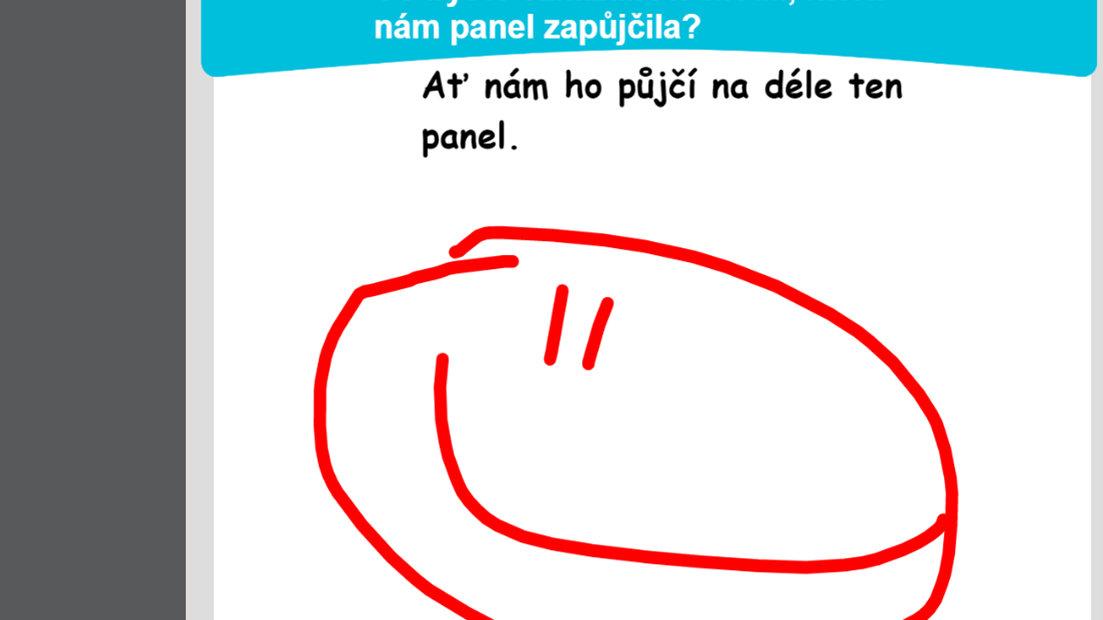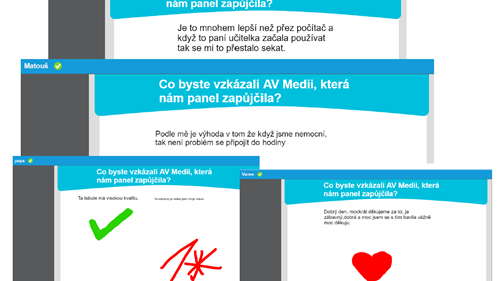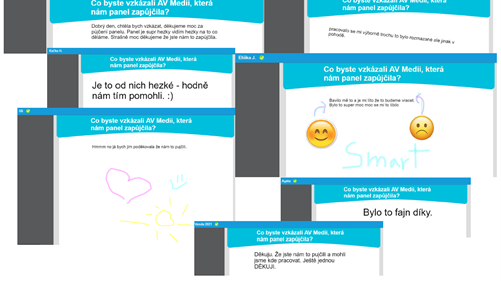
It is best to have all students in the classroom and teach normally. But even without a pandemic, there will always be some long-term absent student (oncological diagnoses, serious injuries, etc. or perhaps a long-term stay abroad, etc.). Until now, they had to study alone at home and catch up on the material with difficulty. Online teaching has opened new opportunities to involve such children in regular education.
How to create the most natural environment possible for teachers and students? We tested the “Hybrid Learning Standard” and met with teachers for two months to help them implement this ‘new normal’.
Although at first they assessed such teaching as very difficult to prepare, after a few lessons the positives and the benefits clearly prevailed in their assessment. They agreed that after about 1–2 weeks the set became a regular part of their teaching. And it did not seem so laborious to them – they discovered that, as a result, they would save time, rather than if they had to teach students ‘twice’ at home and then remotely…
Teachers consider the greatest advantage to be the possibility of free movement around the classroom and the use of common aids available there (both conventional interactive boards and magnetic or white boards, bulletin boards, maps, models, etc.). It was also easier to share learning materials; it was often enough to project them on the board, bring it closer, and the students could see all the information from the board very legibly. This eliminated the need to digitize all documents for sharing via the communication platform.
Principal’s perspective
Mgr. Stanislav Skřička,
Principal, Elementary School and Kindergarten Bosonohy, Brno
Founder’s perspective
Jan Grois, MBA,
Vice-Mayor, Znojmo
Member of the Brno City Council for Schools and Sports
Mgr. Jaroslav Suchý
Will combined education be common?
Even the Ministry of Education, Youth and Sports can see that the successful practice of distance education in a number of schools constitutes a topic for the possible enrichment of school education. That is why the trial verification of the combined education model started. During the following school year, we will continue verifying the possibility of organization, content and methods for combined education, which could constitute an extension of the educational offer of schools in the future, for example in light of the talents of students, illnesses, long-term stays abroad, longer-term treatments, parental demands and other cases in which the use of combined education can be more advantageous for the students and their families than face-to-face teaching.
This is basically the concept and idea of our “Hybrid Learning Standard”. The experience of the pilot schools confirmed – and more are being added – that it is a workable concept and a step in the right direction. We believe that the possibility of hybrid (or combined) teaching will become a common thing in schools, not just a solution to online teaching forced by extraordinary circumstances. Not as an emergency solution, but in a positive sense as an opportunity and a natural use of the possibilities that today’s technology gives us to make education run smoothly for everyone. Welcome to the “new school normal”.


















